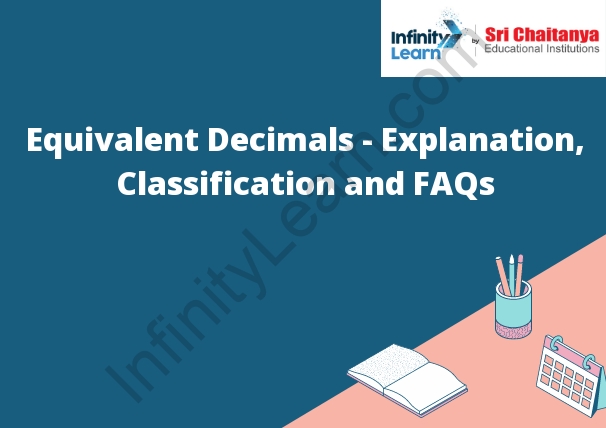Table of Contents
What are Decimals?
A decimal is a number that is expressed in the form of a fractional number with a denominator of 10. For example, the number 0.5 is a decimal because it is equal to the fraction 1/2. The number 0.017 is also a decimal because it is equal to the fraction 1/59.

Like and Unlike Decimals
A decimal is a number that is expressed in the form of a fraction with a denominator of 10. For example, the number 0.5 is a decimal because 5 is the denominator of 10. The number 5.9 is also a decimal because 9 is the denominator of 10.
A decimal can be expressed as either a terminating decimal or a nonterminating decimal. A terminating decimal is a decimal that has a finite number of digits that repeats after a certain point. For example, the number 0.25 is a terminating decimal because the digits 2 and 5 repeat after the decimal point. A nonterminating decimal is a decimal that does not have a finite number of digits that repeats. For example, the number 0.333… is a nonterminating decimal because the digits 3, 3, and 3 repeat infinitely.
A decimal can be compared to a fraction by converting the decimal to a fraction with a denominator of 10. For example, the number 0.5 can be compared to the fraction 5/10. The number 5.9 can be compared to the fraction 59/100.
Explain in Detail :
The following steps are followed in order to compute the standard deviation of a population:
1. First, the population’s mean is computed.
2. Next, the population’s variance is computed.
3. Finally, the population’s standard deviation is computed by taking the square root of the population’s variance.
FAQs
Q: What is an equivalent decimal?
A: An equivalent decimal is a decimal that has the same value as another decimal, but may be written using a different number of decimal places or a different set of digits.
Q: How do you find equivalent decimals?
A: To find an equivalent decimal, multiply or divide the decimal by a power of ten. For example, 0.5 is equivalent to 0.50 and 0.05, since both of these decimals can be obtained by multiplying or dividing 0.5 by 10.
Q: What is a terminating decimal?
A: A terminating decimal is a decimal that ends after a finite number of digits. For example, 0.25 is a terminating decimal because it ends after two digits.
Q: What is a repeating decimal?
A: A repeating decimal is a decimal that has a repeating pattern of one or more digits after the decimal point. For example, 0.333… is a repeating decimal because it has a repeating pattern of the digit 3.
Q: Can a decimal be both terminating and repeating?
A: No, a decimal cannot be both terminating and repeating. A terminating decimal ends after a finite number of digits, while a repeating decimal has an infinite repeating pattern.







